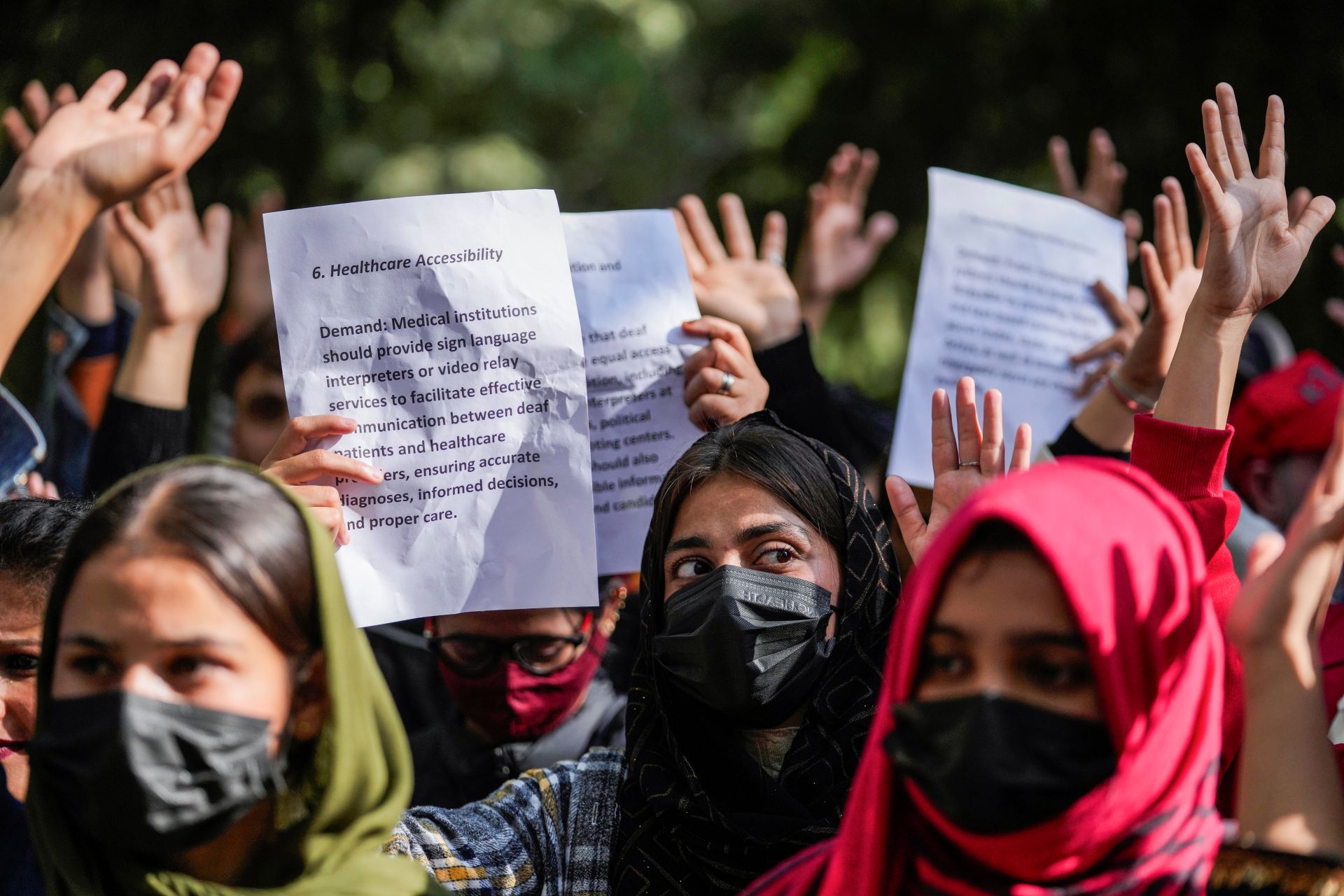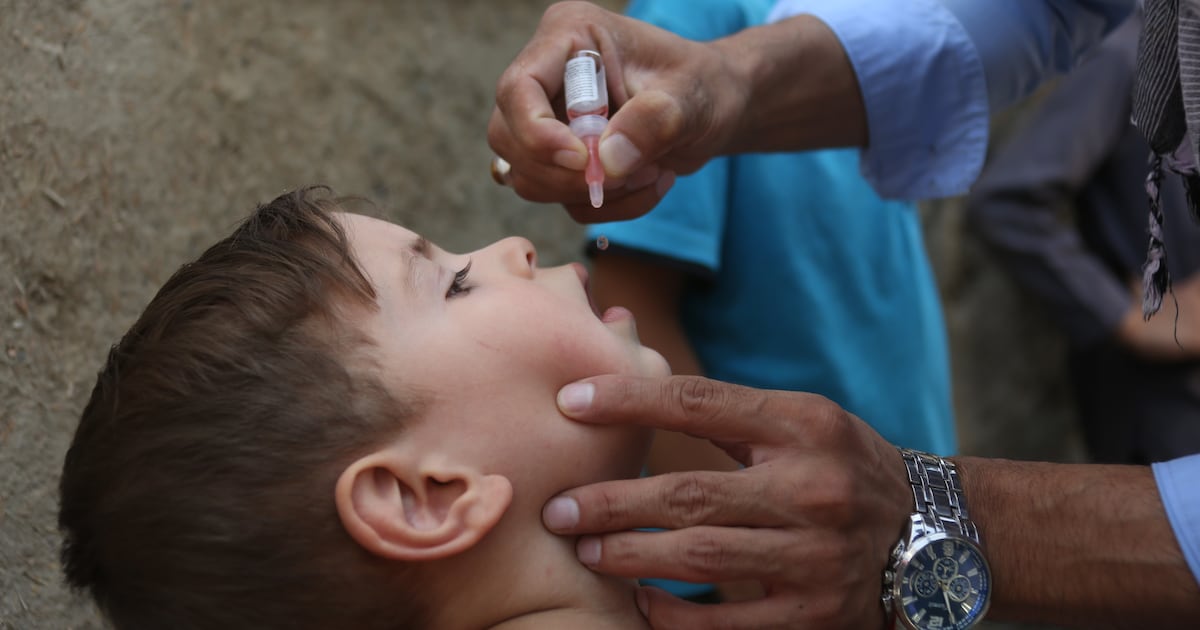NICE’s health inequalities modular update: Commentary on NICE’s response to themes from the consultation – pharmaphorum

NICE Modular Update on Health Inequalities and Its Alignment with Sustainable Development Goals (SDGs)
The National Institute for Health and Care Excellence (NICE) has incorporated its modular update on health inequalities, finalized in May 2025 following a consultation in January, into its official manual.1 This update aligns with global efforts to achieve Sustainable Development Goals (SDGs), particularly SDG 3 (Good Health and Well-being) and SDG 10 (Reduced Inequalities), by providing clearer guidance on addressing health inequalities in health technology assessments.
Consultation Overview and Stakeholder Engagement
A total of 26 individuals and organizations participated in the consultation process, including representatives from industry (8), academic bodies (5), and voluntary and community sector organizations (5), such as LCP.2 The broad support for enhanced guidance reflects a shared commitment to advancing equity in healthcare, consistent with SDG 17 (Partnerships for the Goals).
Key Updates Following Consultation
While the consultation resulted in relatively minor changes, several important refinements were made to better integrate considerations of health inequalities into NICE’s processes:
- Inclusion of Quantitative and Qualitative Evidence: The manual now emphasizes the importance of both quantitative and qualitative evidence in demonstrating a technology’s potential impact on health inequalities (Section 3.3.18). This holistic approach supports SDG 3 by promoting comprehensive assessments of health interventions.
- Optional Submission of Quantitative Evidence: To address concerns about the burden on companies, NICE clarified that submitting quantitative evidence on health inequalities is optional and supplementary. External assessment groups will not produce such analyses for HealthTech guidance and Medical Technologies Assessments (MTAs), but companies may choose to submit this evidence.
- Clarification on Cost-Effectiveness Threshold Flexibility: Section 6.2.39 explains that flexibility in cost-effectiveness thresholds will only apply when a technology’s impact on health inequalities is substantial. This ensures that resources are allocated efficiently while aiming to reduce inequalities, supporting SDG 10.
Responses to Themes Raised by LCP
LCP’s consultation feedback influenced several updates, enhancing the methodological rigor and transparency of health inequality assessments:
- Differentiation of Distributional Cost-Effectiveness Analysis (DCEA) Types: NICE’s response discusses the distinction between aggregate and full DCEA approaches, providing analysts discretion while highlighting the need for further clarification in practice.3
- Justification of Stratification Methods: Analysts are now recommended to provide a rationale for using the Index of Multiple Deprivation (IMD) for stratification in DCEA, ensuring analyses focus on the most relevant equity subgroups, thereby advancing SDG 10.
- Health Opportunity Cost Gradient Scenarios: Additional detail on recommended scenarios aims to standardize methodology and improve interpretability, fostering evidence-based decision-making aligned with SDG 3.
Future Directions and Implementation
NICE’s systematic consideration of consultation responses indicates ongoing commitment to refining approaches that identify technologies potentially increasing health inequalities. This work is critical for balancing innovation incentives with equity considerations, directly supporting SDG 9 (Industry, Innovation, and Infrastructure) and SDG 10.
Moving forward, the focus will be on implementing the updated guidance and monitoring its real-world impact. Continued collaboration among NICE, industry stakeholders, and communities will be essential to ensure effective integration of health equity into health technology assessments. Manufacturers are encouraged to engage with NICE technical teams early in the process to discuss evidence inclusion related to health inequalities.
These updates position NICE as a leader in embedding equity considerations within health technology assessment frameworks globally, contributing to the broader SDG agenda by promoting inclusive and equitable health systems.
References
- NICE health technology evaluations: the manual. NICE process and methods. Published 31 January 2022. Last updated 13 May 2025. NICE health technology evaluations: the manual. Accessed June 2025.
- NICE Health inequalities modular update consultation: Responses to themes. May 2025. PMG36 Health inequalities modular update consultation: Responses to themes 13/05/2025. Accessed June 2025.
- NICE. Support document: Health inequalities. Implementation support. Published 13 May 2025. Support document: Health inequalities. Accessed June 2025.
About the Authors
- Catrin Treharne – Partner and health economics lead at LCP’s Health Analytics team, with over 13 years of experience in health economics and health technology assessment. Treharne focuses on advancing methods to quantify health inequalities and incorporate broader health value considerations.
- Jonathan (“Jonny”) Pearson-Stuttard – Head of health analytics at LCP, public health physician, and epidemiologist. Chair of the Royal Society for Public Health and Honorary Clinical Senior Lecturer at Imperial College London. Leads a multi-disciplinary team developing innovative analytics to support health and life sciences decision-making.
- Lauren Harrison – Analyst with expertise in medical anthropology, public health, and international development. Experienced in qualitative research and literature reviews examining intersections between health and social inequities.
1. Sustainable Development Goals (SDGs) Addressed or Connected to the Issues Highlighted in the Article
- SDG 3: Good Health and Well-being
- The article focuses on health inequalities and health technology assessments, directly relating to ensuring healthy lives and promoting well-being for all ages.
- SDG 10: Reduced Inequalities
- The emphasis on addressing health inequalities and the use of Distributional Cost-Effectiveness Analysis (DCEA) to model inequality impacts connects strongly to reducing inequalities within and among countries.
- SDG 9: Industry, Innovation and Infrastructure
- The discussion about health technology assessments and innovation in therapy areas relates to fostering innovation and supporting industry development.
2. Specific Targets Under Those SDGs Identified Based on the Article’s Content
- SDG 3: Good Health and Well-being
- Target 3.8: Achieve universal health coverage, including financial risk protection and access to quality essential health-care services and medicines.
- Target 3.b: Support the research and development of vaccines and medicines for communicable and non-communicable diseases that primarily affect developing countries.
- SDG 10: Reduced Inequalities
- Target 10.2: Empower and promote the social, economic and political inclusion of all, irrespective of age, sex, disability, race, ethnicity, origin, religion or economic or other status.
- Target 10.3: Ensure equal opportunity and reduce inequalities of outcome, including by eliminating discriminatory laws, policies and practices.
- SDG 9: Industry, Innovation and Infrastructure
- Target 9.5: Enhance scientific research, upgrade the technological capabilities of industrial sectors, including health technology innovations.
3. Indicators Mentioned or Implied in the Article to Measure Progress Towards the Identified Targets
- Health Inequality Impact Measures
- The use of Distributional Cost-Effectiveness Analysis (DCEA) as a quantitative method to model inequality impacts is an implied indicator to assess how health technologies affect health inequalities.
- Quantitative and qualitative evidence on health inequalities as referenced in the manual (Section 3.3.18) serve as indicators to measure the potential impact of health technologies on different equity subgroups.
- Cost-Effectiveness Threshold Flexibility
- The application of flexibilities to the cost-effectiveness threshold when technologies have substantial health inequality impacts is an indicator of how policies adapt to reduce inequalities.
- Uncertainty measures around health inequality impacts also serve as indicators to guide decision-making.
- Use of Index of Multiple Deprivation (IMD)
- The rationale and justification for using IMD as a stratification basis in DCEA is an indicator of how well analyses capture relevant equity subgroups.
- Health Opportunity Cost Gradient Scenarios
- Recommended scenarios for health opportunity cost gradients help standardize methodology and measure distribution of health opportunity costs across equity sub-groups.
4. Table: SDGs, Targets and Indicators
| SDGs | Targets | Indicators |
|---|---|---|
| SDG 3: Good Health and Well-being |
|
|
| SDG 10: Reduced Inequalities |
|
|
| SDG 9: Industry, Innovation and Infrastructure |
|
|
Source: pharmaphorum.com

What is Your Reaction?
 Like
0
Like
0
 Dislike
0
Dislike
0
 Love
0
Love
0
 Funny
0
Funny
0
 Angry
0
Angry
0
 Sad
0
Sad
0
 Wow
0
Wow
0



























;Resize=805#)



















































